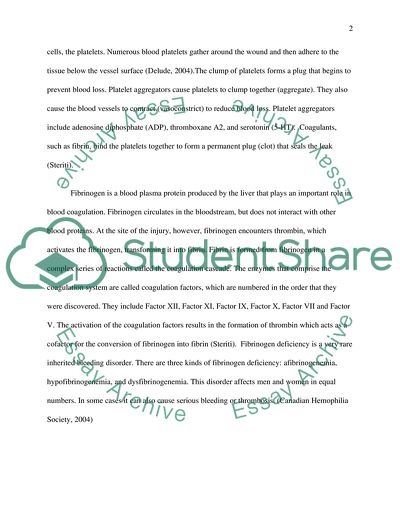Cite this document
(“Blood clotting is an essential and potentially lethal process of life Essay”, n.d.)
Retrieved from https://studentshare.org/health-sciences-medicine/1535341-blood-clotting-is-an-essential-and-yet-potentially-lethal-process-of-life
Retrieved from https://studentshare.org/health-sciences-medicine/1535341-blood-clotting-is-an-essential-and-yet-potentially-lethal-process-of-life
(Blood Clotting Is an Essential and Potentially Lethal Process of Life Essay)
https://studentshare.org/health-sciences-medicine/1535341-blood-clotting-is-an-essential-and-yet-potentially-lethal-process-of-life.
https://studentshare.org/health-sciences-medicine/1535341-blood-clotting-is-an-essential-and-yet-potentially-lethal-process-of-life.
“Blood Clotting Is an Essential and Potentially Lethal Process of Life Essay”, n.d. https://studentshare.org/health-sciences-medicine/1535341-blood-clotting-is-an-essential-and-yet-potentially-lethal-process-of-life.


